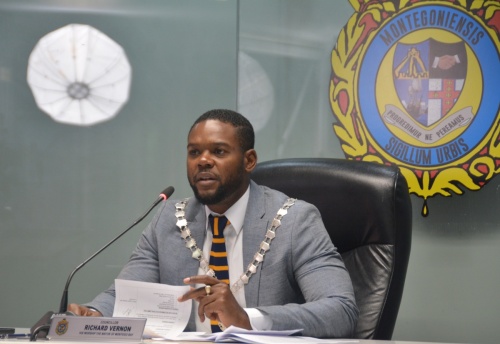Tourism Stakeholders Welcome Revised US Travel Advisory
By: , June 3, 2025The Full Story
Tourism stakeholders are celebrating the United States (US) Government’s revision of its travel advisory for the island, noting that it will provide a boost for the sector and the wider economy.
In an updated advisory issued on May 29, the United States State Department lowered Jamaica’s risk level to Level 2, citing a decrease in violent crime since 2024.
The previous Level 3 advisory urged travellers to reconsider visiting Jamaica due to safety and health concerns.
For Tourism Minister, Hon. Edmund Bartlett, the lowering of the US travel advisory from Level three to Level two symbolises more than just a change in official guidelines.
“It marks a renewed confidence in Jamaica’s ability to provide a secure and memorable experience for visitors from around the world,” he says.
“As Jamaica embraces this new chapter, the tourism sector remains united in its commitment to safety, excellence, and authentic Caribbean hospitality,” the Minister adds.
Executive Deputy Chairman of Chukka Caribbean Adventures, John Byles, tells JIS News that he welcomes the decision.
“This update rightly reflects the safety that our visitors have always experienced when vacationing here,” he contends.
“Jamaica has long been one of the safest destinations in the Caribbean for tourists, and the continued and unprecedented decline in overall national crime further reinforces that reality,” he adds.

Mr. Byles says that the change is more than just a formal adjustment, noting that it is green light for visitors to explore even more of all that makes Jamaica unique and inviting.
“Visitors now will have greater freedom and motivation to venture beyond the resort and truly immerse themselves in the rich culture, natural beauty, and warm hospitality that define our Jamaica. Jamaica is open, ready, and safer than ever to be discovered on and off the beaten track,” he points out.
Couples Resorts Chairman, Lee Issa, welcomes the revision as additional hotel rooms are being built.
“I think in the long term, it’s huge, and you’re going to see Jamaica benefit from it. Lowering from three to two will see all kinds of positives,” he says.
Transport operator Robert McNaughton, for his part, notes that the update “is a positive step forward that can help us recover lost ground,” adding that it is a clear sign that the measures being implemented to enhance public safety are working.
Craft trader, Junior Thompson, who has been showcasing Jamaica’s vibrant culture at local markets, adds that “this change means more people will be willing to explore our craft and experience the authentic Jamaica we love to share.”
Montego Bay Mayor, Councillor Richard Vernon, hails the work of the police in ensuring public safety.
“Our police force has been relentless in their commitment to restoring safety in our communities,” he says.
“While we celebrate this progress, we remain vigilant. Crime must stay under control and Jamaica’s reputation as a safe, welcoming destination must remain pristine,” he says.

Travel advisories serve as vital reports issued by the Department of State, outlining potential risks and recommending precautions for US citizens travelling outside of the country.
These advisories are tailored specifically for US travellers, providing essential information on safety and security conditions in various destinations worldwide.
Travel advisories are categorised into four levels – Level one advises persons to exercise normal precautions; Level two indicates that a country is generally safe but travellers should remain vigilant; Level three indicates that travellers should reconsider their trip to a country due to elevated safety risks; while Level four advises US citizens not to travel to a country due to significant safety risks, and to depart if already there.
These levels are reviewed regularly – every 12 months for Levels one and two, and at least every six months for Levels three and four – to reflect current conditions. Advisory updates may be issued promptly if significant changes occur.


